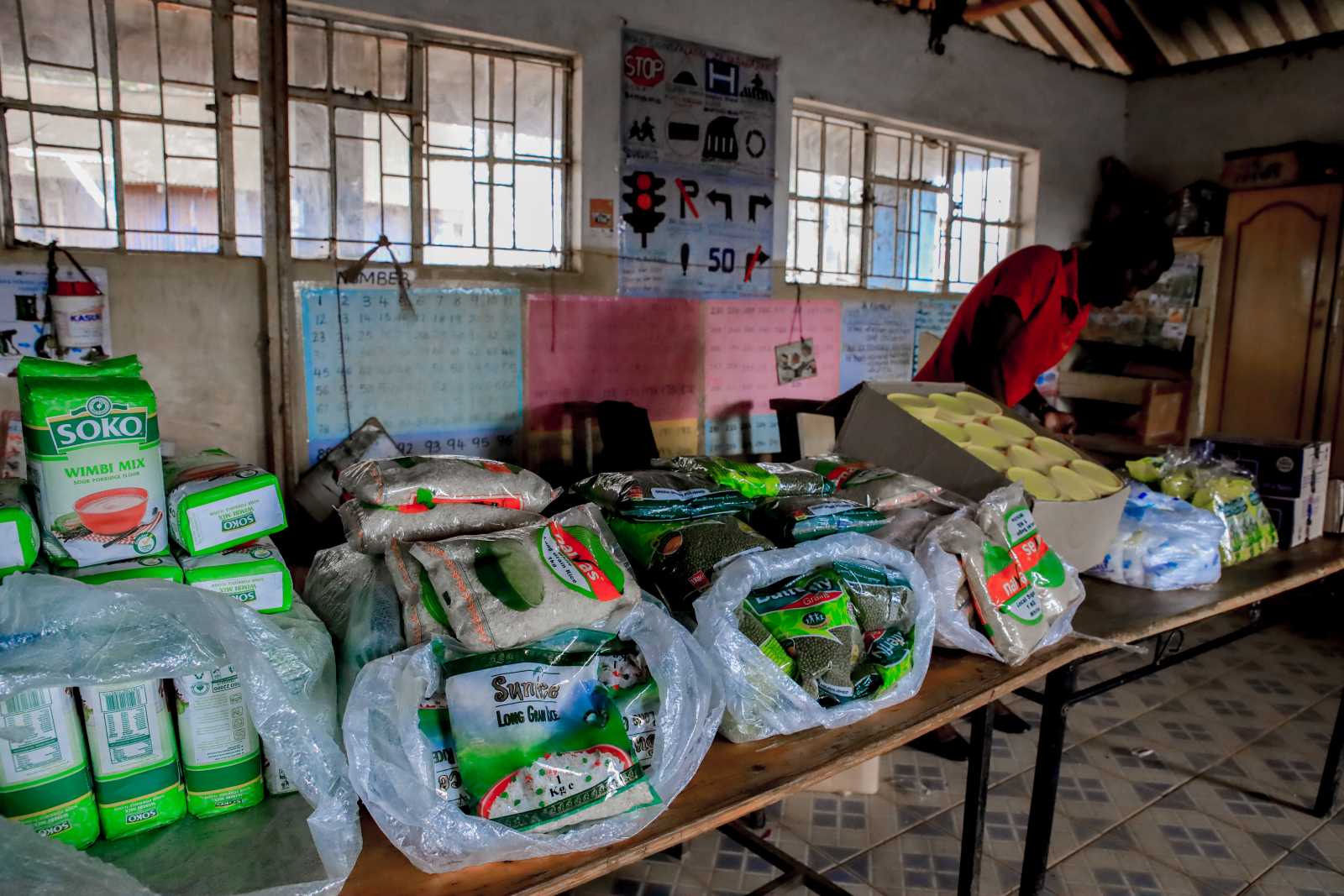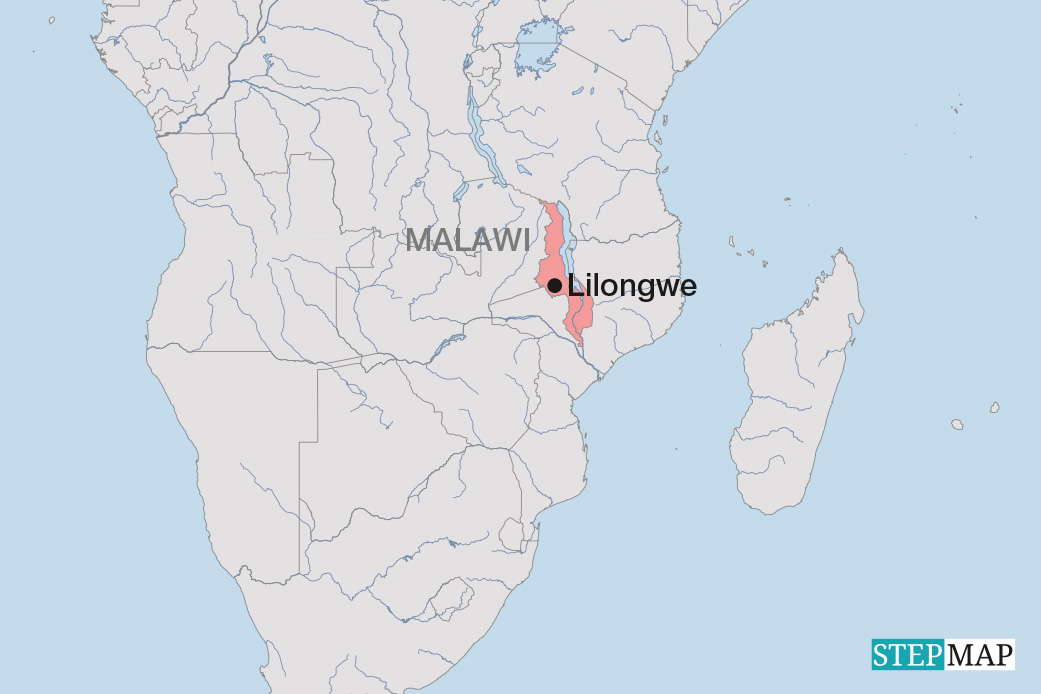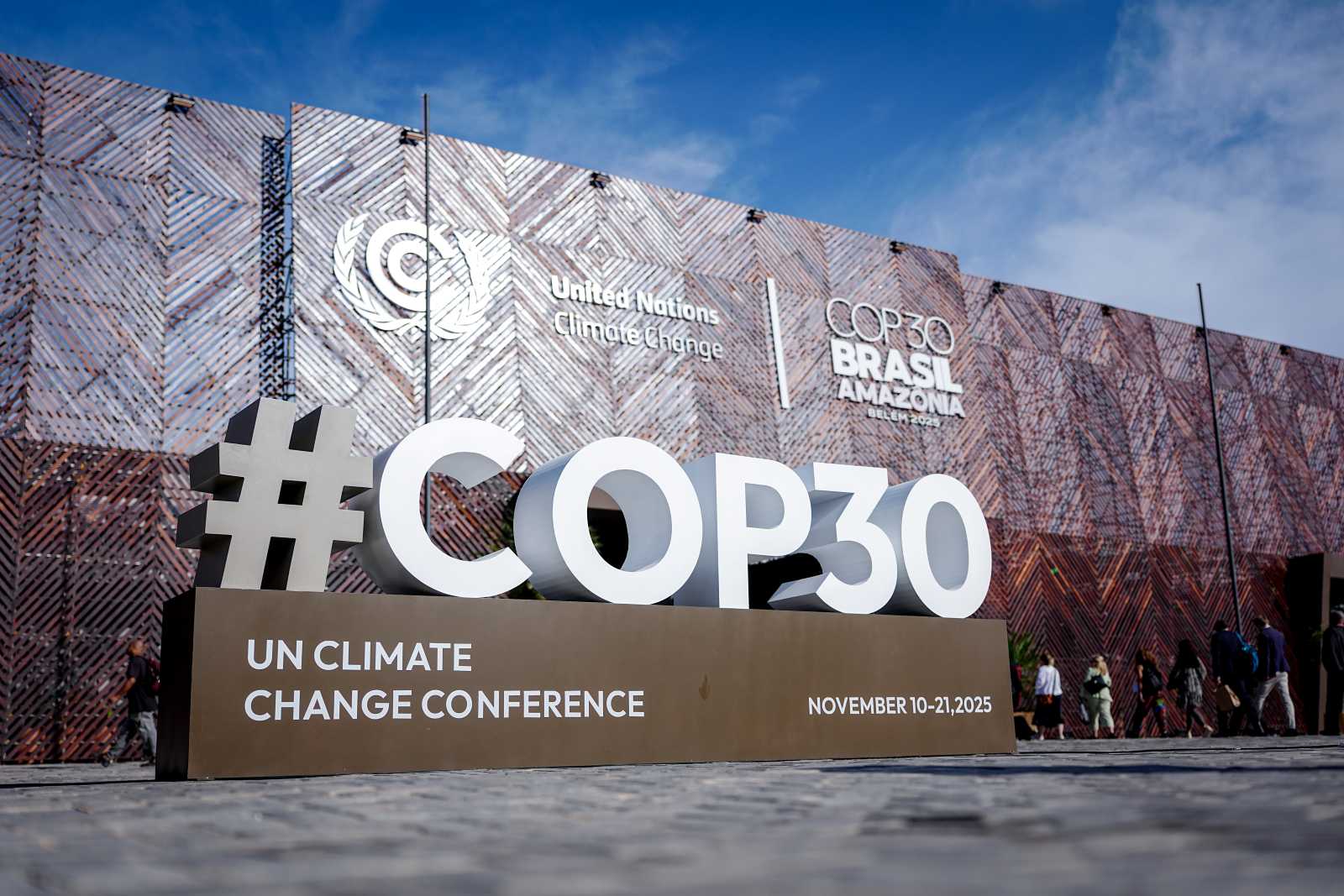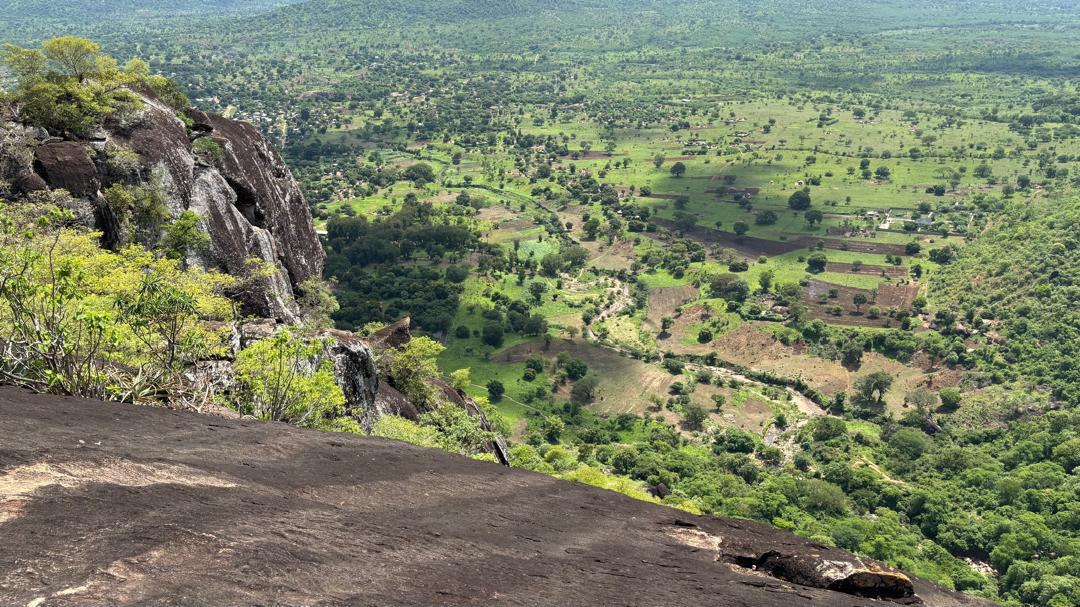Challenged diplomacy
Disputed rocks
Scarborough Shoal is an insignificant reef in the vast South China Sea. It was named after a British ship which sank there 228 years ago. Now, the same set of barely visible rocks could scupper something much bigger – peace and stability in the Asia-Pacific region.
Both the Philippines and China have long claimed the tiny triangular reef, which lies 220 kilometres west of Luzon, the largest Philippine island, and at least 800 kilometres from the nearest Chinese territory. The dispute suddenly flared up in April when a frigate of the Philippine Navy accosted Chinese fishing boats on the shoal. The encounter spiralled into a maritime standoff, heated exchanges between Manila and
Beijing and strained diplomatic relations.
There have also been far-reaching repercussions:
– a rift in the unity of the Association of Southeast Asian Nations (ASEAN),
– the prospect of regional militarisation and
– a reshuffling of security arrangements and international alliances.
“Increasingly assertive positions among claimants have pushed regional tensions to new heights,” the International Crisis Group, a non-governmental think tank, argued in a report in July.
Manila said it sent the frigate to arrest Chinese fishermen who were poaching endangered species. China angrily asserted that its nationals were on sovereign territory, and accused the Philippines of provocation.
It didn’t matter that the Philippine ship was the venerable 47-year old Gregorio del Pilar, a recent hand-me-down cutter from the US Coast Guard. What mattered was this warship was the Philippines’ biggest and newest unit. In Chinese eyes, the response was military, even though the matter would have required at most the police.
Beijing reacted by dispatching civilian surveillance ships to prevent the arrest of the fishermen, and deployed armed Chinese on rubber boats to deny Filipino fishermen access to Scarborough. Manila withdrew the frigate, and sent a police ship and patrol aircraft instead. The standoff lasted weeks until the Philippine ship pulled out unilaterally.
Fortunately, the dispute only resulted in sensationalist media reporting on both sides, a few public rallies and a lot of internet agitation. The shouting match has so far not become a shooting one. Nonetheless, the incident saw relations between the two nations reach their lowest point since Manila recognised the People’s Republic of China in 1975.
In the course of the standoff, China blocked Philippine banana imports and warned its nationals against travelling to the Philippines. Unfazed, the administration of President Noynoy Aquino refused to back down from saying the shoal was sovereign territory, announced it was modernising the military and officially renamed the “South China Sea” the “West Philippine Sea.”
Overlapping and intertwined interests
Buying a few ships and renaming the sea will not make a real difference however. Territorial disputes in the South China Sea are serious because of the overlapping and intertwining interests of several countries. At stake are major shipping routes of global relevance, important fishing grounds and the promise of abundant oil and gas reserves (see box on
p. 411). The late Michael Leifer, a renowned international relations expert who specialised in the region, spoke of “the maritime heart of Southeast Asia”.
The sea is dotted with reefs, shoals and tiny island groups, some of which vanish at high tide. Most are not inhabited. Nonetheless, the Philippines, Vietnam, Taiwan, Brunei and Malaysia all claim some of these rocks as their national territory in order to extend their jurisdiction over the sea. All disputants, however, are outdone by China, which asserts ownership over the entire sea, what lies beneath and the airspace above.
Beijing bases its “indisputable sovereignty” on “historical grounds” and typically refers to a bundle of documents, the most notorious of which is probably the “nine-dash line” map. Taiwan’s government drafted this vague map in 1947 and the People’s Republic later adopted it. It does not offer clear indicators of where exactly China’s jurisdiction would end.
Beijing refuses to submit its claim to bodies such as the International Tribune of the Law of the Sea. The irony is that this tribunal was established under the UN Convention on the Law of the Sea (UNCLOS), which China has signed. China has a track record of insisting on multilateral rules, but in this case, it will not be bothered by them.
Decades ago, ASEAN could mostly afford to disregard China’s vague nine-dash map, but that has changed. Since the 1990s, China’s economy has been growing rapidly. The country is now an aspiring superpower, and has built a formidable navy. Huang Jing of Singapore’s Lee Kuan Yew School of Public Policy says: “China’s rise has fundamentally changed the landscape.” He argues that, even five years ago, the region was dominated by the USA and its allies. “All of a sudden, every country has to have a Plan B,” he points out because it is no longer possible to simply rely on the USA.
For many years, China cultivated a peaceful image of “soft power”, insisting it wanted to rise peacefully in a setting of international harmony. That attitude has recently changed. We are now witnessing the emergence of a great power bent on picking a fight with everybody – the Philippines, Vietnam, ASEAN and – most recently – Japan. At the time of writing in early October, the controversy over the Senkaku/Diaoyu Islands in the East China Sea was heating up.
ASEAN divided
In July, China used its diplomatic influence to foil an ASEAN initiative on the South China Sea. The idea was to unite the 10 members of this organisation of developing countries and emerging markets behind a code of conduct for resolving territorial disputes. Cambodia, however, blocked the crucial meeting from issuing a communiqué. This country is an ASEAN member, but also closely allied to China.
Cambodia’s stance resulted in acrimony within the regional organisation, as some members are already at odds over claims to maritime space. According to the International Crisis Group, “China has worked actively to exploit these divisions, offering preferential treatment to ASEAN members that do not side with its rival claimants.”
China has several motivations for claiming the sea. One is nationalism and national security. Its most prosperous cities lie along the coast, and in colonial history, they were attacked from the sea by European powers and later Japan. When the government recently commissioned China’s first aircraft carrier, the state-controlled newspaper China Daily wrote: “From the Opium War in 1840 to the founding of the People’s Republic of China in 1949, the country has suffered more than 470 offences and invasions that have come from the sea.”
Though any attack on mainland China looks absolutely unlikely anytime in the foreseeable future, Chinese military doctrine has evolved from simply defending the coastline to exerting “area denial” through a series of “island chains” expanding east out to the Pacific. The first island chain stretches from the Kurile islands in the north down to the South China Sea, following the contour of the famous nine-dash line.
Ominously, the second chain runs from Japan down to the east of the Philippines.
Another reason for China’s assertiveness is natural resources. The seabed could have vast reserves of oil and gas. Indeed, Luzon currently gets 40 % of its energy from a natural gas field off Palawan, another Philippine island. The country is facing the prospect of a more strident China eventually denying it exploration and exploitation of those fields.
The Philippines must cope with an unpredictable titan. Manila has already had one bitter experience. In 1994, China suddenly occupied Mischief Reef, a disputed atoll located in the Spratly Islands only 209 kilometres from Palawan. Just like Scarborough Shoal, the reef is well within the Philippine Exclusive Economic Zone (EEZ) as prescribed by UNCLOS.
That did not matter to China, which simply went ahead and built a shack on Mischief Reef, eventually expanding it into a military installation. The Philippine administration of then President Fidel Ramos protested, but did nothing else, wary of provoking an armed confrontation.
In such a confrontation the Philippines has no chance whatsoever; its air force is practically nonexistent, and its navy hopelessly outmatched by China’s. Domingo Siazon, a former foreign secretary of the Philippines, likens the situation to a match-up between “an elephant and an ant”.
The Philippines western coastline looks vulnerable. Any part of it could suddenly be claimed by China, which refuses to give precise coordinates to its nine-dash line. Some Filipino alarmists already worry about Palawan.
The only weapon
The Philippines’ government really has only one weapon: words. One official who declines to be named indicates that sending the frigate to Scarborough was really only part of a strategy to draw international attention to the matter, cause a lot of clamour, and thus prevent something like another Mischief Reef takeover. “It so happened we had to be vocal,” he says.
The Aquino government maintains that the dispute must be resolved according to an international legal framework. In September, Foreign Secretary Albert del Rosario said: “Our core interest lies in being able to contribute to ensuring that the global security and economic system is based firmly on the rule of law.”
This is diplomatic codespeak for international arbitration, precisely what China rejects out of hand – it wants to negotiate with disputants bilaterally. For the Philippines, the options are unpleasant: it can either acquiesce to its territory being steadily eroded, or stand up to China, which it can only do by looking for allies.
Although the country has a mutual defence treaty with the USA, it is unclear whether the agreement covers an attack on disputed territory such as Scarborough Shoal. Siazon, the former foreign secretary, says “the Philippines must strengthen its defence ties with the USA, Japan, Singapore, Indonesia, Australia, New Zealand, India and Russia.”
He insists that the country must not reconcile itself to losing that reef, and agrees that multilateral diplomacy matters a lot. At the same time, he says: “Bilateral talks should also start; let a thousand flowers blossom.” The former head of Filipino diplomats expresses the hope that “China will realise that making friends among its neighbours is the best policy towards a prosperous and peaceful East Asia and Pacific region.”
In his view, territorial disputes are common among countries that are closely located to each other. The important thing, he insists, is that “relations should continue in accordance with international agreements.”
The strategic implications of China’s claim are not lost on the international community. As the scholar Leifer wrote about the South China Sea, its domination by a single power “could over time have far reaching strategic consequences affecting the geopolitical and economic interests of both regional and extra-regional states”. US President Barack Obama has already spoken of a “pivot to Asia”, which would include redeploying most of the US Navy to the Pacific.








